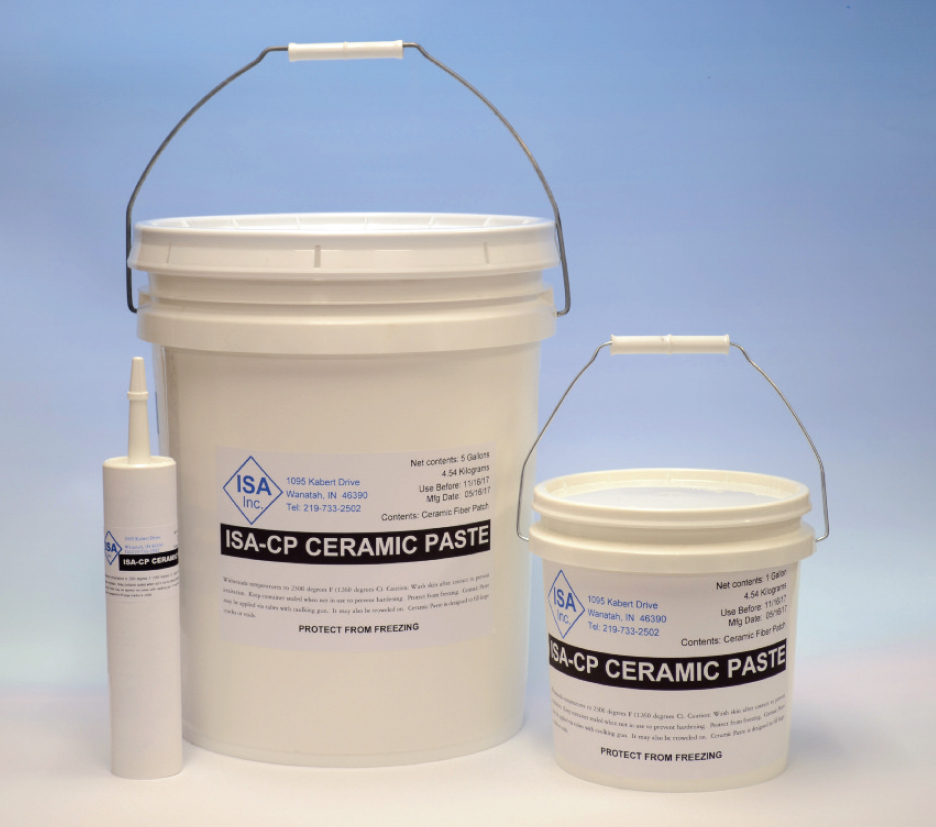Ceramic fibers in cmcs can have a polycrystalline structure as in conventional ceramics.
Ceramic fibres uses.
Bordia in handbook of textile fibre structure.
Above 500 c.
Carbon fibers can provide much more than just mechanical reinforcement.
1 towards the end of 1998 certain types of man made mineral fibres mmmfs will be classified as carcinogens.
Feeder channel melter side wall crown and refiner in a glass tank bottom of kiln cars.
Raw refractory ceramic fibres are white or gray fibrous materials supplied in bulk fibre blanket form or contained in a solid product.
It has the advantages of lightweight high temperature resistance good thermal stability low thermal conductivity low specific heat and mechanical vibration resistance.
Commercially available ceramic fibers for example have a fiber diameter of approximately 10 μm.
They can also be amorphous or have inhomogeneous chemical composition which develops upon pyrolysis of organic precursors the high process temperatures required for making cmcs preclude the use of organic metallic or glass fibers only fibers stable at temperatures above 1 000 c 1 800 f can be used.
Heat resistant fibers are all man made fibers when we talk about very high temperatures e g.
Due to their geometry the properties of the fibers differ.
Covid 19 impact on ceramic fiber industry.
Ceramic fiber is a kind of fibrous lightweight refractories.
Combining innovative fiber and textile technologies with our know how in carbon we can offer you special carbon fiber textiles for many application areas.
Natural regenerated inorganic and specialist fibres 2009.
Used as a refractory insulating material in ladle preheaters intermediate insulation in blast furnace stove and coke oven door seals of iron and steel industries.
There s quite a big difference between age old general purpose.
136 pages report ceramic fiber market research report categorizes the global market by type rcf and aes wool product form blanket board paper and module end use industry refining petrochemical iron steel power generation and aluminum and region.
2 rcfs are produced when raw materials kaolin clay al 2 o 3 sio 2 and sometimes zro 2 are melted then spun or blown into alumino silicate fibres with average diameters between 1 2 to 3 5 micrometers.
Ceramic fibers have a very large aspect ratio and a very small cross sectional area.

